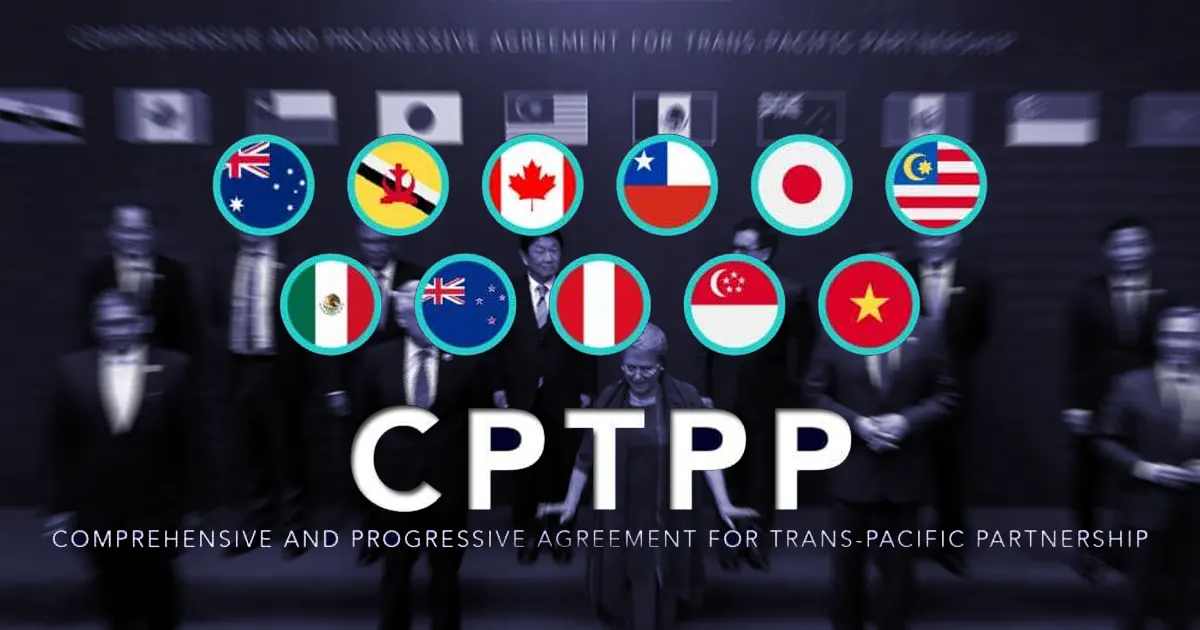GS 3 – Economy

It’s a trade agreement that aims to reduce trade barriers and promote economic cooperation among 11 countries. It was signed in 2018 after the U.S. withdrew from the earlier TPP (Trans-Pacific Partnership).
Member Countries
The 11 countries are:
- Australia
- Brunei
- Canada
- Chile
- Japan
- Malaysia
- Mexico
- New Zealand
- Peru
- Singapore
- Vietnam
Main Goals
- Increase Trade: Reduce tariffs and trade barriers, making it easier to do business.
- Economic Growth: Strengthen economic ties between member countries.
- Global Trade: Improve global trade by promoting fair competition and protecting intellectual property.
Key Features
- Lower Tariffs: Reduces taxes on goods traded between member countries.
- Intellectual Property Protection: Stronger laws to protect patents and copyrights.
- Labor and Environment: Higher standards for workers’ rights and environmental protection.
- Dispute Resolution: Clear ways to resolve trade conflicts between countries.
Impact on India
- Opportunities: India could benefit from joining by accessing new markets, especially in Asia-Pacific.
- Challenges: India would need to open up some industries to competition, like agriculture, and adjust its laws to meet the higher standards set by CPTPP.
CPTPP vs. RCEP
- CPTPP is a broader trade agreement with countries outside of Asia like Canada and Mexico, while RCEP (Regional Comprehensive Economic Partnership) focuses mainly on Asia.
- CPTPP has stricter rules on things like intellectual property and labor rights.




